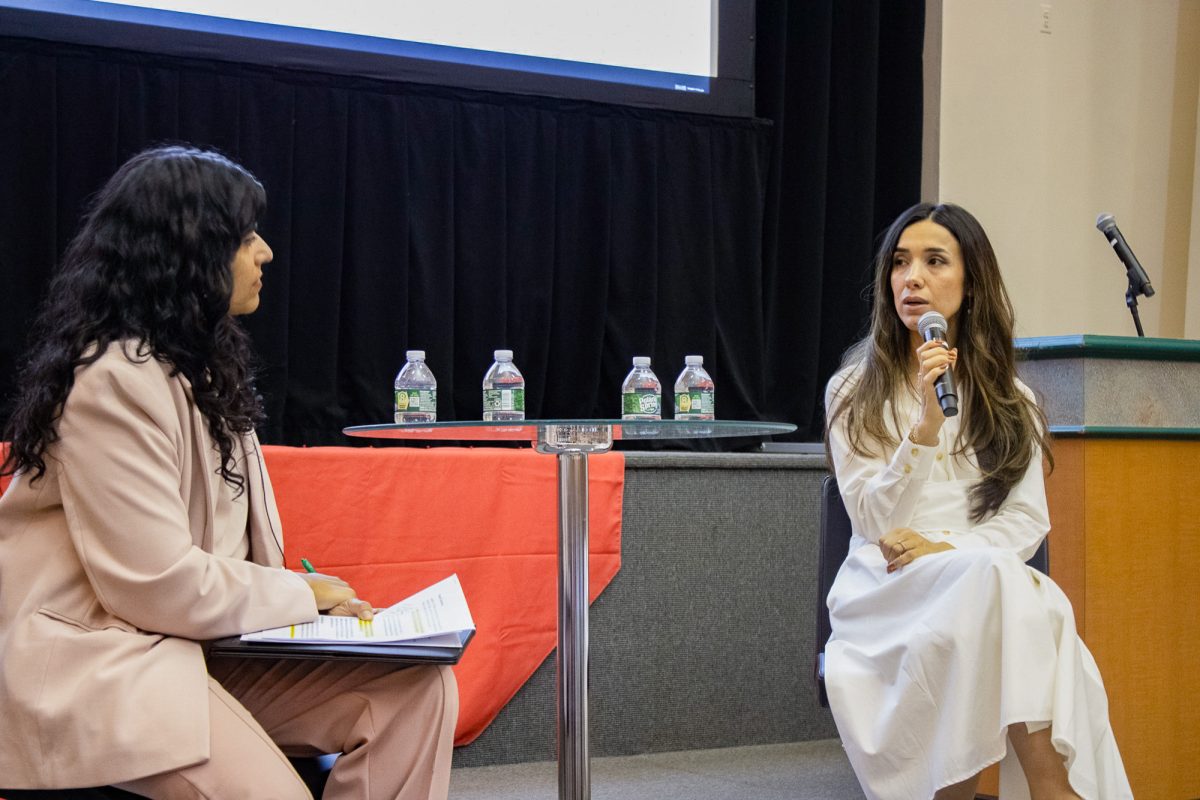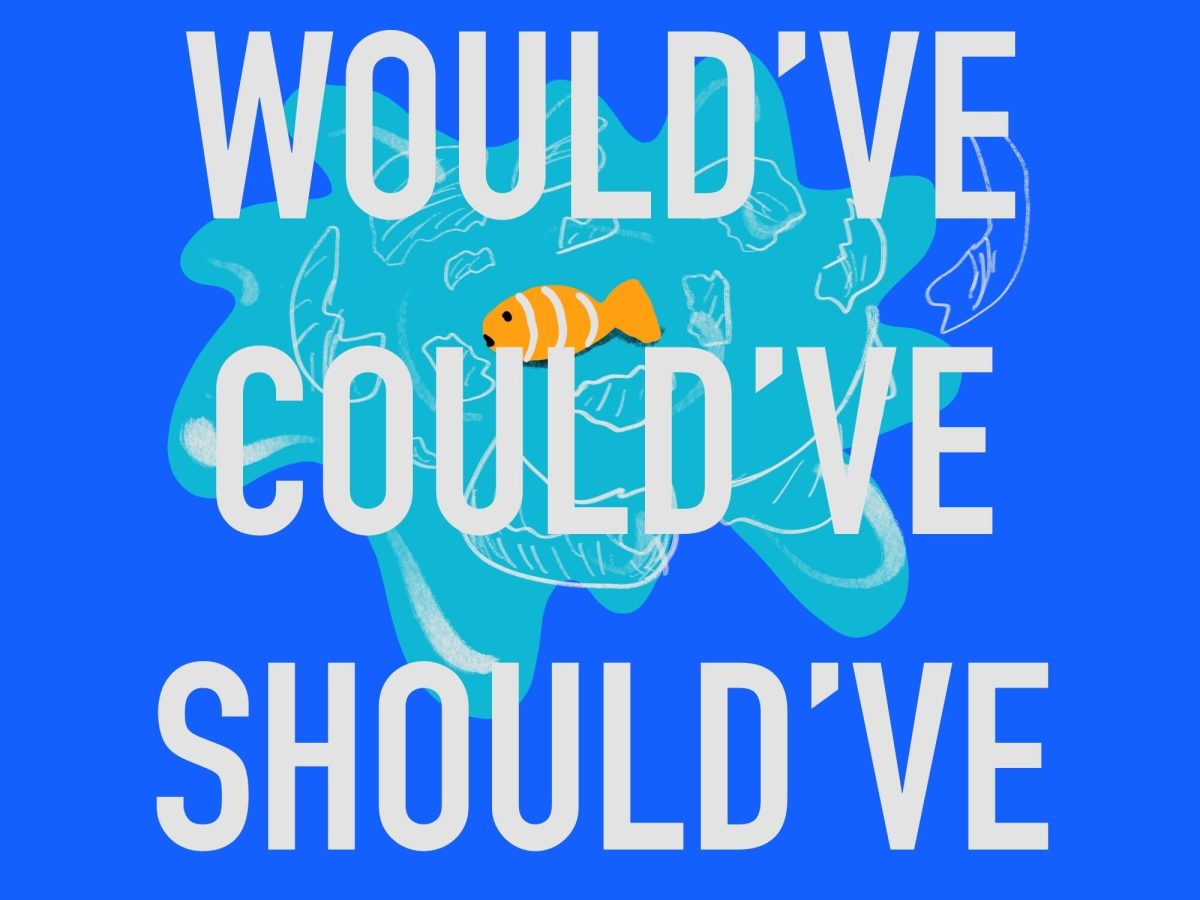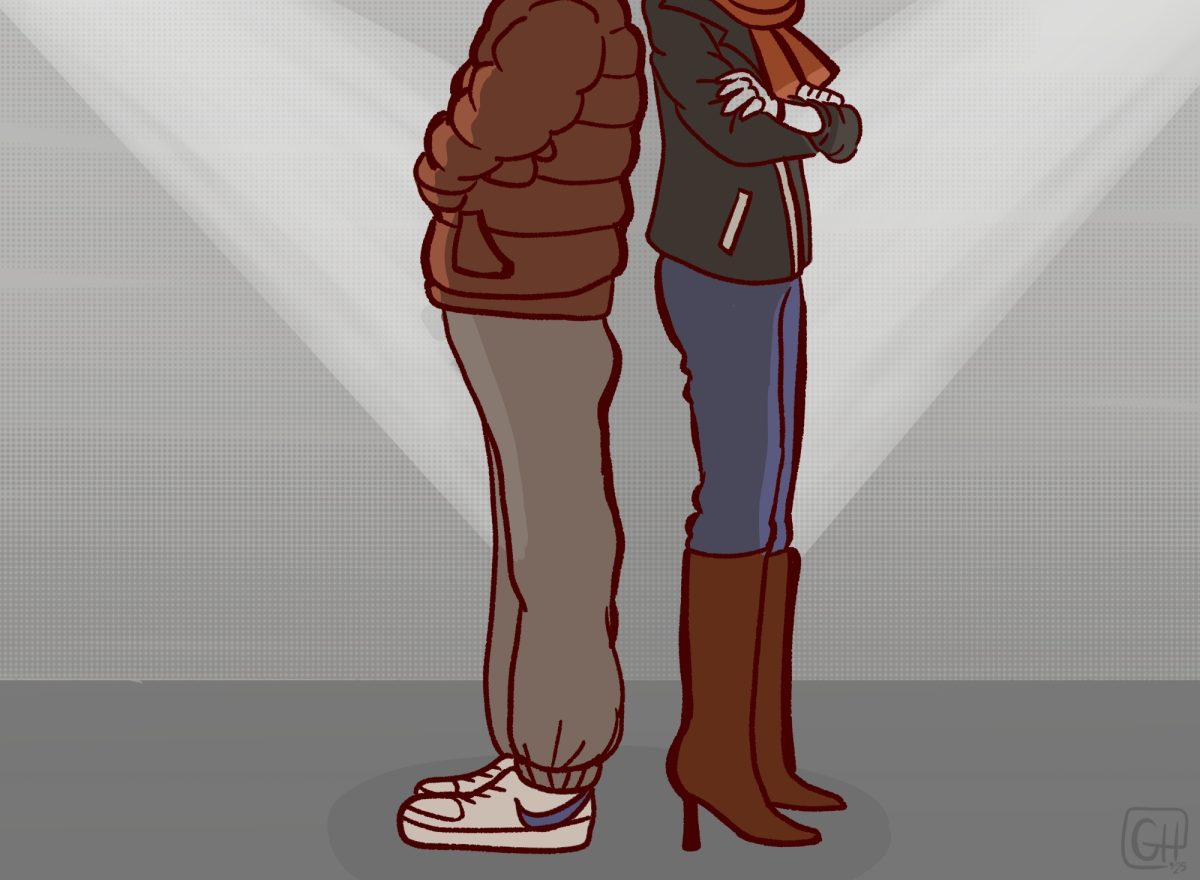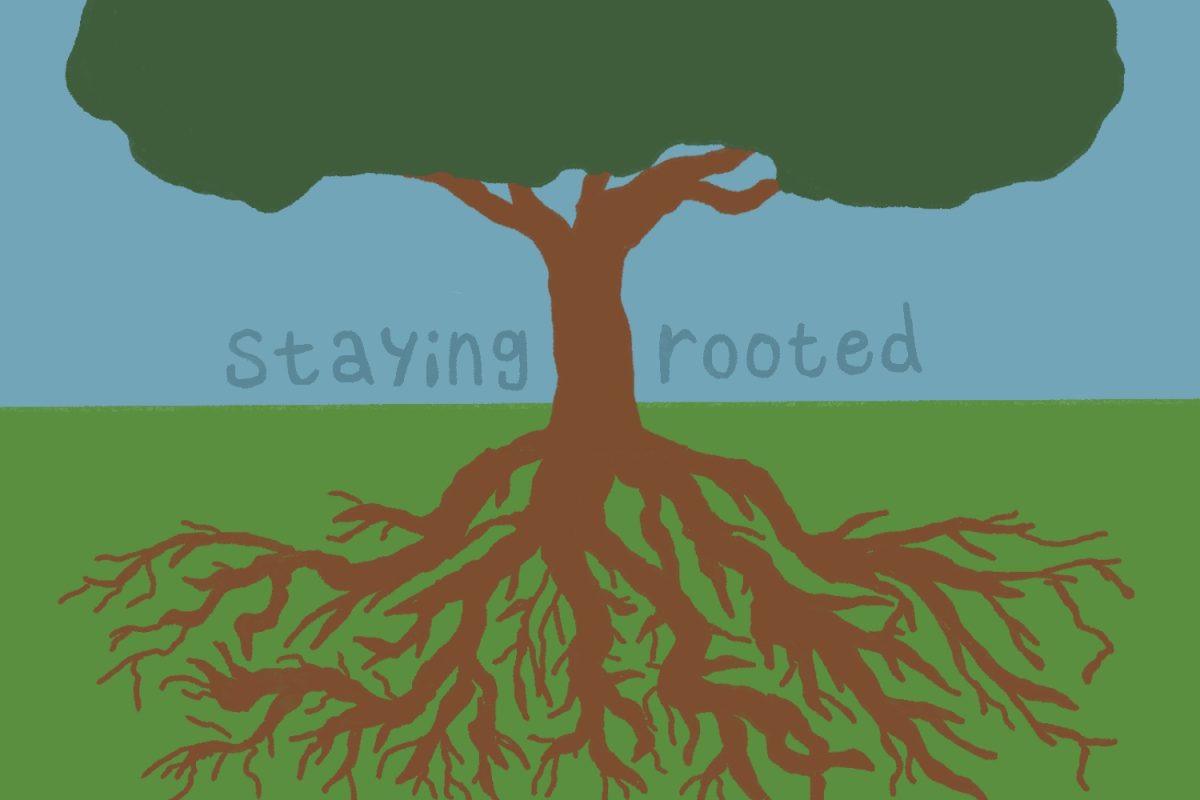I would like to commend The Daily Free Press for the extended interview it had with Boston University Chancellor John Silber in late December on matters of foreign policy. Certainly, a dialogue such as that offers opportunities for reflective exchanges of ideas for those directly engaged in it and, more importantly, for the paper’s wider audience. My intervention here endeavors to extend the dialogue by revisiting issues addressed by Silber and his interlocutor, Mr. Ray Henry. Especially in the past few months, Muslim and Arab matters have become sore spots of continuing controversy, and often subjects for misrepresentation or superficial coverage in scores of editorials and columns. Despite the fact I take issues with some of the positions professor Silber expresses, the prolonged discussion in the DFP interview was a welcome departure from the general media practice of hasty or disinterested coverage.
Let me begin by questioning the thesis of the “clash of civilizations,” for which Silber gives a qualified approval to explain differences between the West and the Muslim worlds. This theory has been circulating since 1993, thanks to an essay Samuel Huntington published to envision a new worldview for the post-Cold War era. Huntington’s clash suggests the incompatibility of Western culture with other cultures, such as the Islamic, Confucian, Japanese and Slavic. His essay, however, gives Islam its most attention, and therefore, the popular perception of the thesis is a polarization of the West and Islam. One major attraction in this thesis is its massively reductive formulations of histories and relations through convenient abstractions. Islam, for instance, is conflated with the numerous, diverse cultures embracing the religion, and is typically associated with backward, tribal, parochial or atavistic modes of living and thinking. Similarly, but conversely, the West is portrayed as a monolith representing the civilized part of the globe. One needs not be particularly perceptive to note that Huntington’s theory merely recasts a host of simplistic notions under the dichotomy of “us” and “them.” These notions dominated colonial and racist thinking and practice and, especially in the 20th century, gave rise to extremist ideologies like Nazism and Fascism.
True, Silber offers only a qualified recognition of the theory since Islam, as he correctly notes, is too diverse to be subsumed under an abstracted rubric. But his qualification has an interesting take: “You’re talking about the civilization of Islam. That’s just too broad because the Islam that’s radical and is behind this terrorist movement is an element of Islam that’s largely Arabic … The Arabian Muslims are essentially the group that is behind the terrorists.” Elsewhere in the interview, Chancellor Silber says, “The Taliban forces are primarily Arabs, not Afghans. And their leadership has come from outside, not from Afghanistan.” This is simply wrong. The vast majority of the Taliban forces is composed of Pashtun Afghans and Pakistanis, and its leadership is almost exclusively Pashtun. Either way, to relate a terrorist ideology like that embraced by the likes of bin Laden and his al-Qaeda network to a specific ethnic group is a puzzling oversimplification. Bin Laden and his closest associates are Arabs, indeed, but their network has Afghans, Pakistanis, Chechens and Uzbeks, among other nationalities. “The American Taliban,” “the shoe-bomber” and many British, French and Australian nationals associated with al-Qaeda are reminders that subversive ideologies are not only transnational, but as trans-everything as it gets.
Terror has no nationality or color and it can come from all directions. It is not confined to religion, either. Otherwise, how would we explain the existence of terrorist splinter groups of the Irish Republican Army and the Spanish Basques in Europe, even if we accept Huntington’s thesis of a privileged Western civilization? As today’s villains, Arabs or Muslims only replace yesterday’s foreign villains in the popular imagination. For much of the 20th century, those villains had Japanese, Chinese, Korean or “Russian” faces. Here, it is instructive to quote the Israeli writer Amos Oz, who wrote three days after Sept. 11 reminding his readers that “chauvinistic and religious extremism” can be Muslim, Christian or Jewish, and that the terrorist attacks were part of a “battle between fanatics for whom the end … sanctifies the means, and the rest of us who ascribe sanctity to life itself.” The terrorists who boarded the planes on Sept. 11 severed their ties with Islam when they severed them with common humanity. Their religious or ethnic identification is irrelevant.
If we are to qualify the “clash” thesis, then we can do so by remembering the contributions of Arabo-Islamic civilization to the entire world through the work of men like Ibn Rushd, Ibn Sina, al-Kindi, al-Farabi, Ibn Tufail or the great historian Ibn Khaldun, whom the West now recognizes as the father of the social sciences. Medieval Arabic translations of Aristotle have been lauded for preserving that distinguished philosopher’s work until the West was ready for them. For instance, the 10th century Arabic rendering of Aristotle’s Poetics by Abu Bishr is still useful in constructing the Greek text. Also during that period, Muslim rule in Spain demonstrated for seven centuries not only Muslims’ willingness to assimilate and contribute to non-Muslim cultures, but also Muslim tolerance of ethnic, social and religious differences natural in an alien environment. Jews, in particular, flourished during that era, and when forced out of Spain in 1492, most went to a Muslim country, Morocco.
Receptive traditions such as these continued to the modern era. For instance, the 19th-century renaissance in what is now the Arab world began with re-establishing cultural contacts with Europe, especially France, Italy and Great Britain. And after WWII, much of this Arab world looked to the United States as a country inspiring liberation — political as well as economic. If Arab culture can be open enough to interact in numerous ways with Western cultures for about 14 centuries, shouldn’t we look with suspicion at current theses that assume either Arabo-Islamic civilizations’ radical clash with the West, or their inability to assimilate Western civilizations?














































































































